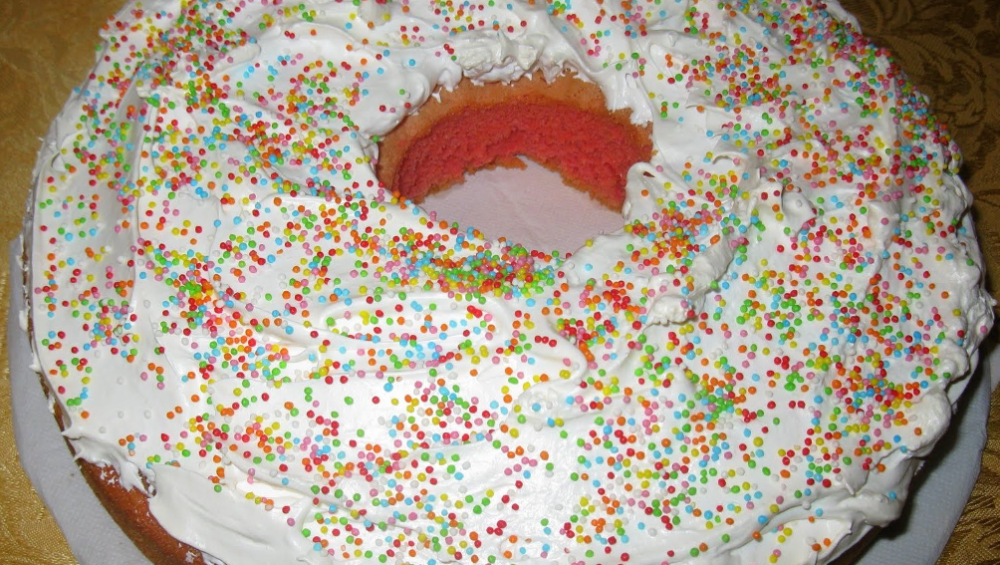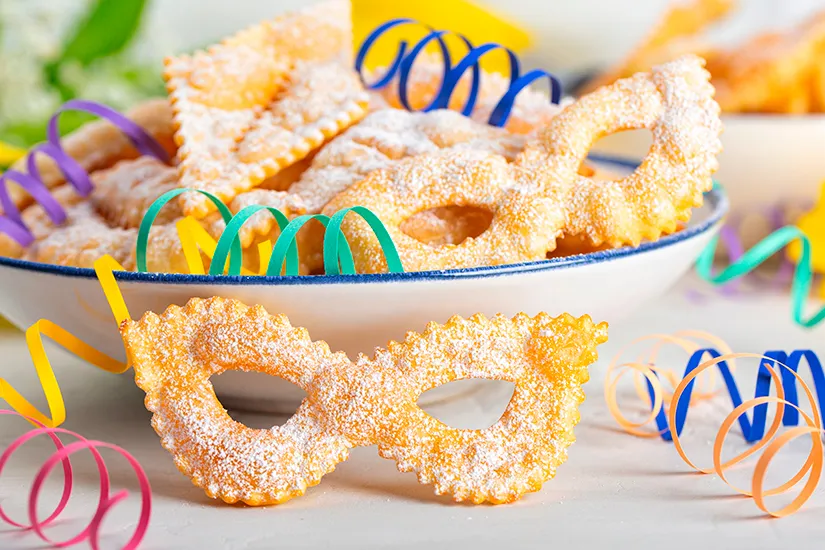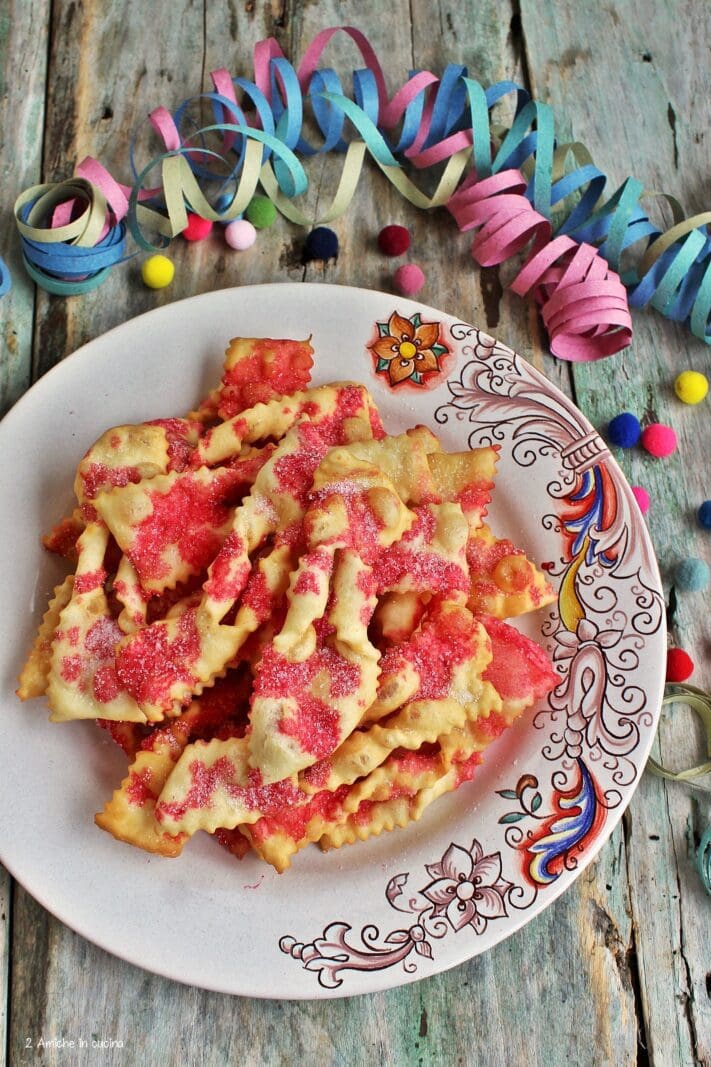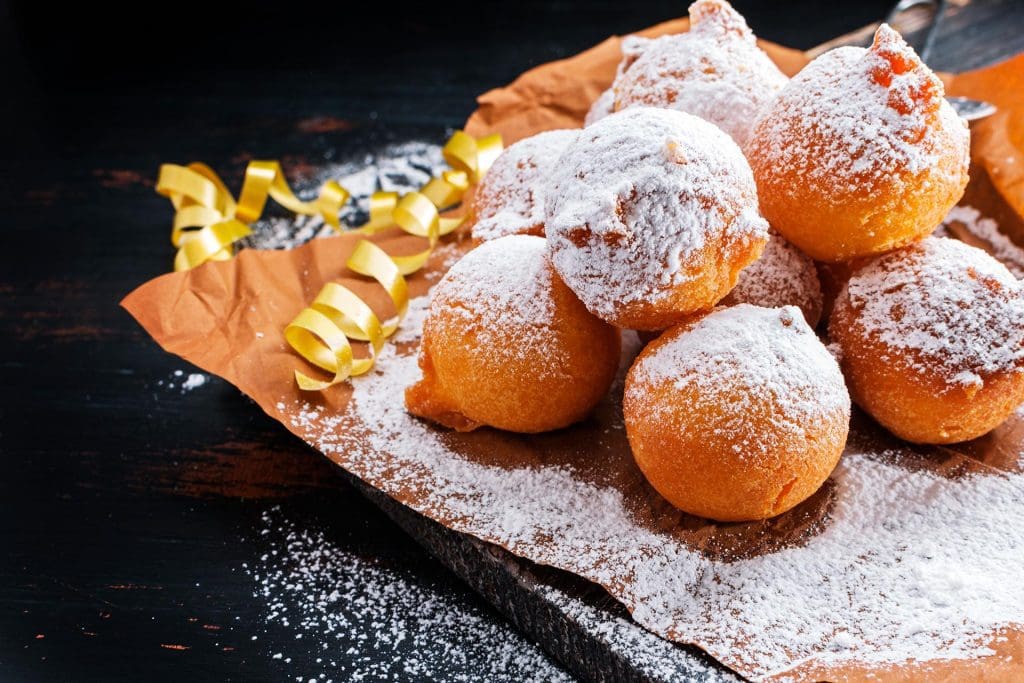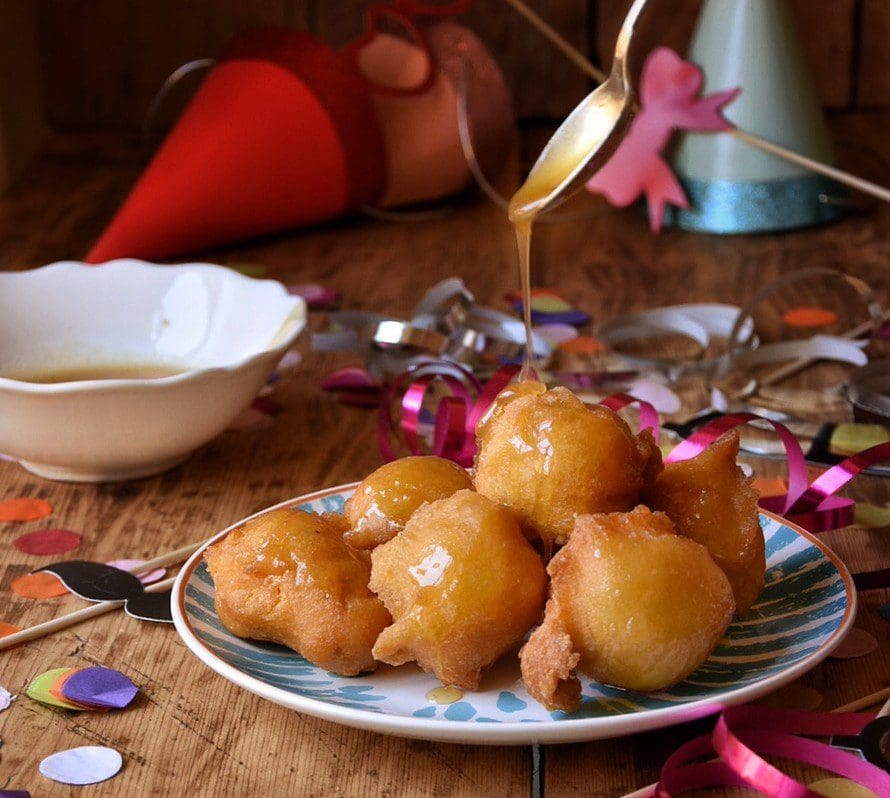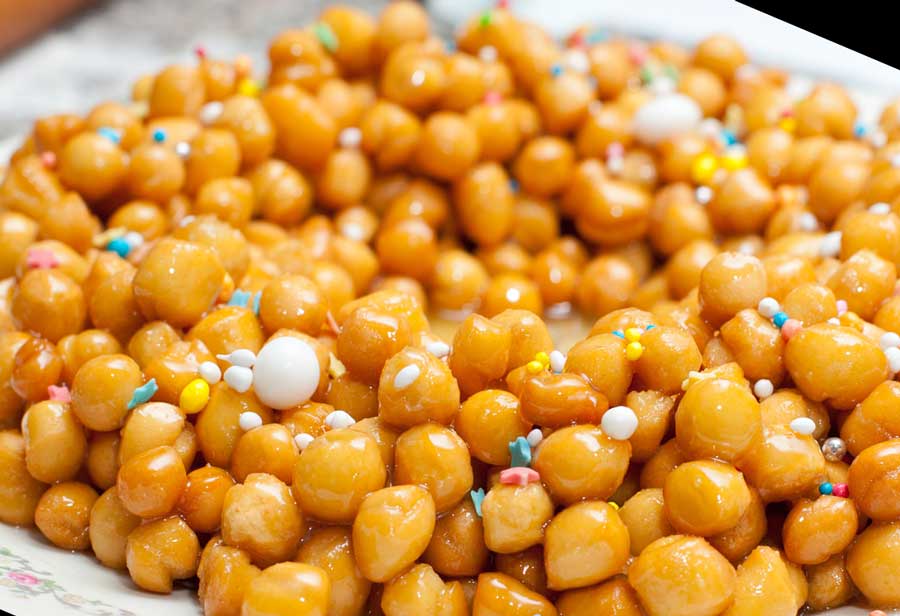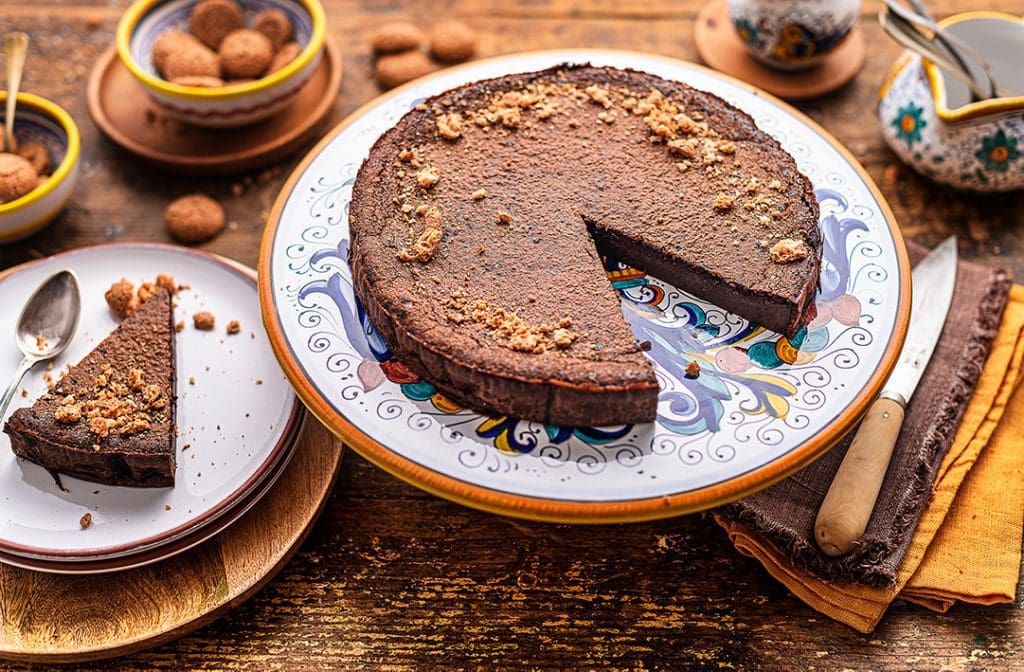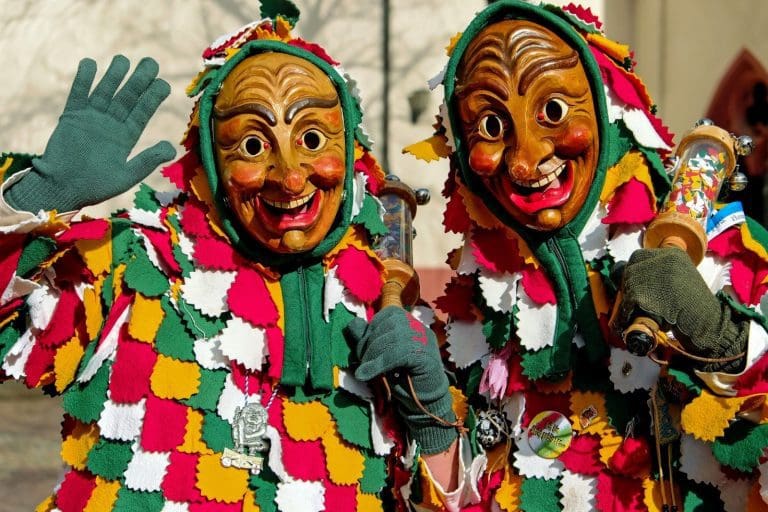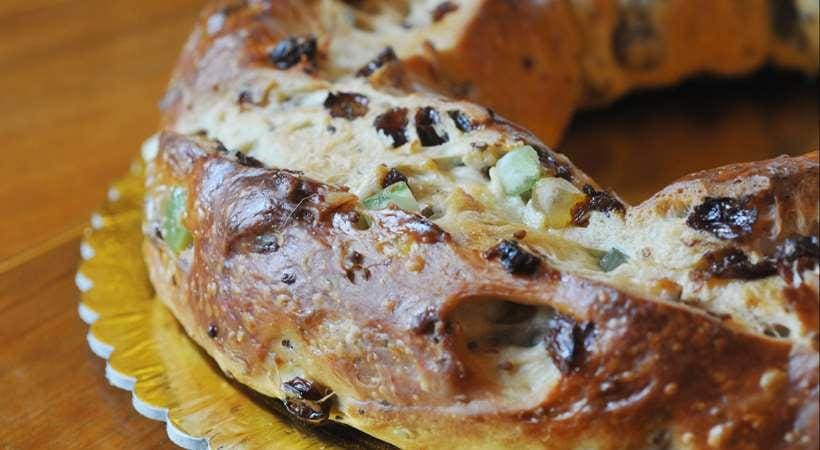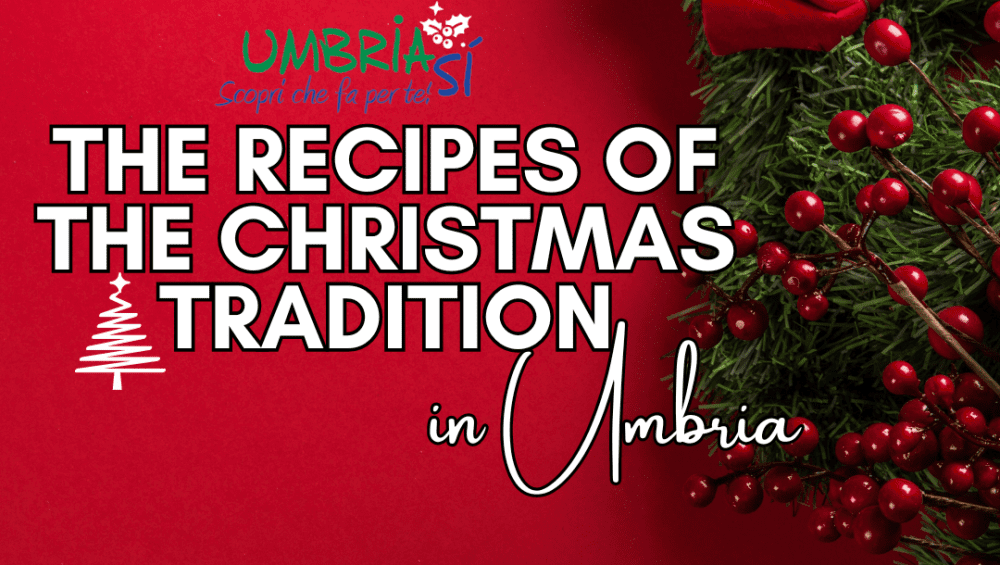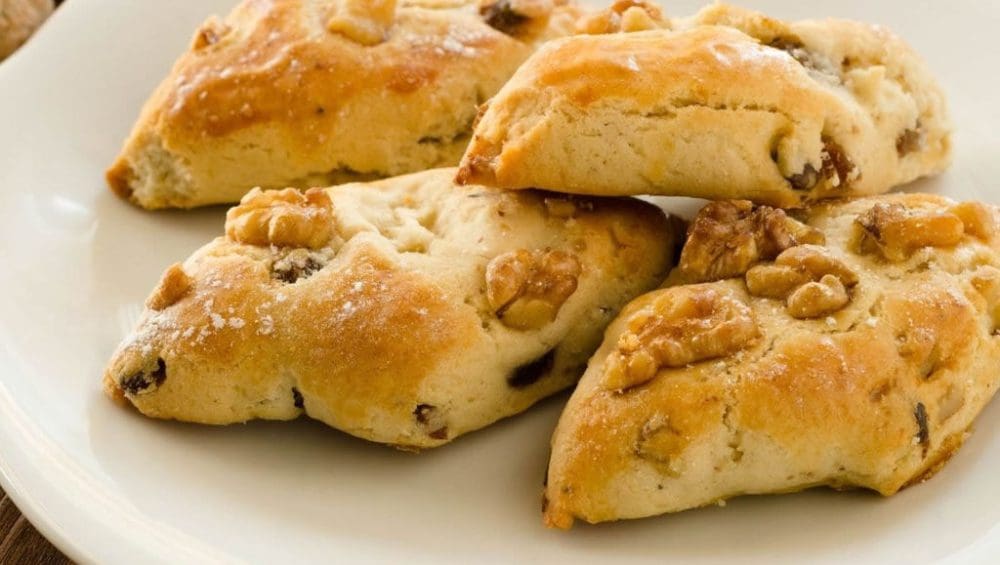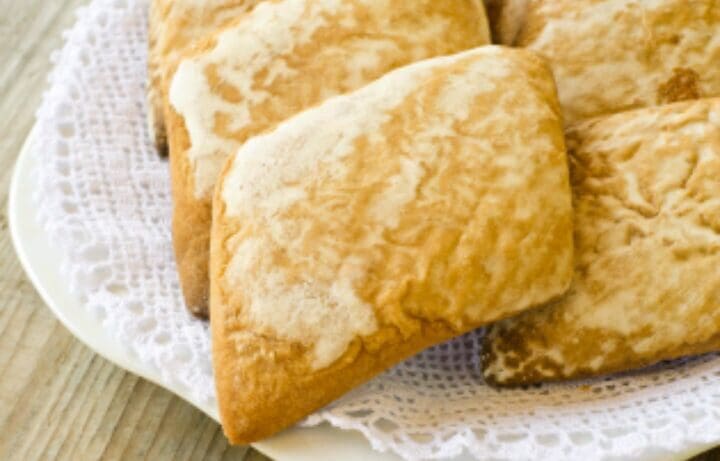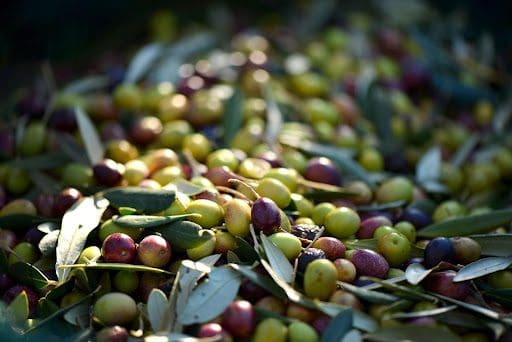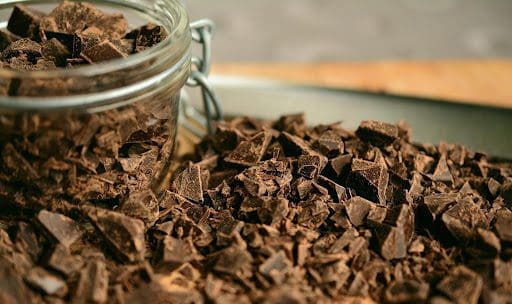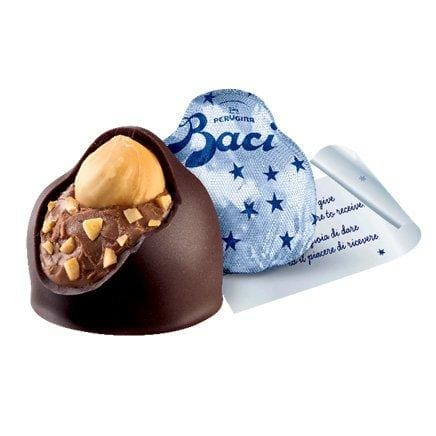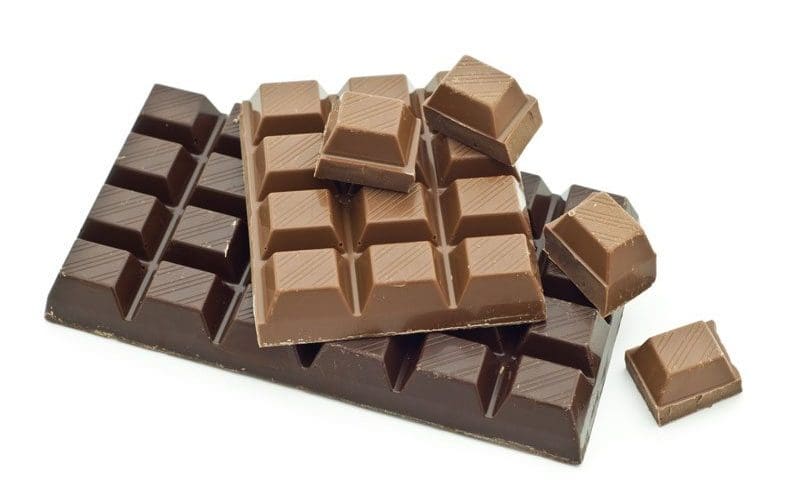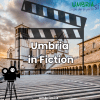Easter recipes in Umbria
Ci si avvicina alla Pasqua e sulle tavole umbre, imbandite di leccornie e decorate dai profumi della primavera con i suoi colori e il dolce suono delle tortore canterine, non possono mancare due piatti tradizionali della cultura e enogastronomica umbra: il dolce Ciaramicola da gustare per la colazione oppure a fine pasto abbinato con un Vin Santo umbro da Grechetto e Trebbiano, e la Torta al formaggio che accompagna salumi e antipasti ricchi e saporiti.
La Ciaramicola e le sue origini
Una ciambella conosciuta nei borghi perugini già nel XV secolo, è un dolce lievitato ricoperto di candida meringa e arricchita a adornata da colorati confettini. Il suo impasto interno di presenta di un coloro rosso/rosato conferito dal liquore che si utilizza per questo dolce: l’Alchermes, a base di cocciniglia, acqua di rose, vaniglia, cannella, chiodi di garofano e coriandolo. Un liquore italiano molto amato dalla famiglia dei Medici.
Il nome Ciaramicola, etimologicamente, deriverebbe da diverse sfumature di significato:
- Da Ciaramella: per la circolarità della sua forma;
- Da Ciarapica: il nome dialettale della Cinciallegra, l’uccello della primavera;
- Da Ciara: in riferimento alla meringa fatta da albume d’uovo o dalle chiare dell’uovo.
La tradizione poi vuole che la Ciaramicola fosse un dolce che le fanciulle regalassero a Pasqua ai loro futuri mariti come buon auspicio.
Un’altra tradizione importante del territorio umbro è legata alla festa di Sant’Ubaldo, patrono di Gubbio. In un testo del 1431 si legge, infatti, che la Ciaramigola venne fatta preparare e offrire agli eugubini in occasione della festa del Santo il 15 maggio.
Infine, capita spesso di trovare la Ciaramicola con 5 “ciuffetti” di meringa, in rappresentanza de cinque Rioni Perugini: Porta Santa Susanna rappresentata dal colore azzurro dei confettini (per l’orientamento verso il Lago Trasimeno della Porta), Porta Eburnea dal colore verde (gli orti), Porta Sant’Angelo dal colore rosso (la spada dell’Angelo), Porta San Pietro dal colore giallo (come il grano), Porta Sole bianca come la meringa e come la luce del sole (il sole infatti è il simbolo di questa Porta).
La ricetta della Ciaramicola
Ingredienti per la ciambella:
- 550gr di farina 00
- 250 gr di zucchero
- 150gr di strutto (alternativa burro)
- 4 uova
- 1 bustina di lievito per dolci
- Scorzetta di 1 limone
- 200ml di Alchermes
Ingredienti per la meringa:
- 100 gr di albumi
- 200 gr di zucchero
- 1 cucchiaino di cremar tartaro
Per la decorazione:
- Confettini di zucchero colorati
Procedimento:
Cominciamo col montare uovo e zucchero fino a ottenere una spuma omogenea alla quale aggiungeremo la farina e il lievito setacciati, lo strutto a temperatura ambiente, la scorzetta di limone grattugiata ed infime l’Alchermes. Dopo aver amalgamato tutti gi ingredienti, la versiamo in una teglia imburrata. In forno per 45 minuti circa a 160°C.
Per la meringa montiamo a neve ad alta velocità gli albumi con il cremar tartaro e gradualmente lo zucchero. Dovrà risultare ferma, soffice e lucida.
Una volta che la ciambella sarà fredda, la ricopriamo di meringa e infine con gli zuccherini colorati. Di nuovo in forno per 25 minuti per far cuocere la meringa a 90°C.
La Torta al formaggio
Un lievitato ricco di formaggio e sapori tipico delle festività Pasquali in Umbria ma che si mangia e consuma tutto l’anno proprio per la sua bontà, la semplicità e la facilità di abbinamento con i salumi, soprattutto il capocollo e la norcineria.
Non di rado la Torta al Formaggio viene mangiata a colazione la mattina di Pasqua, ecco perché è conosciuta anche con il nome di Torta di Pasqua.
Nel De Agri Coltura, Catone scrive di una torta al formaggio famosa soprattutto a Tuoro sul Trasimeno.
La ricetta della Torta di Pasqua
Ingredienti:
- 500gr di farina 00
- 100gr di parmigiano grattugiato
- 75gr di pecorino grattugiato
- 10gr di lievito di birra
- 100 ml di olio evo
- 150m di latte
- 100gr di formaggio emmentaler
- 4 uova
- 10gr di sale
- Pepe qb
Procedimento
Iniziamo con il sciogliere il lievito del latte intiepidito. In una terrina, mescolare farina, pecorino e parmigiano, uova, il latte con il lievito ed infine l’olio a filo e cominciare ad impastare bene fino a fare amalgamare bene tutti gli ingredienti e a ottenere un panetto omogeno e liscio. Aggiungere il sale, il pepe e l’emmentaler a tocchetti molto piccoli o grattugiato. Porre l’impasto in uno stampo imburrato e lasciarlo lievitare per 2 ore poi infornarlo a 180°C per circa un’ora.
Copyright foto Torta al Formaggio by Spicchio d’Aglio


